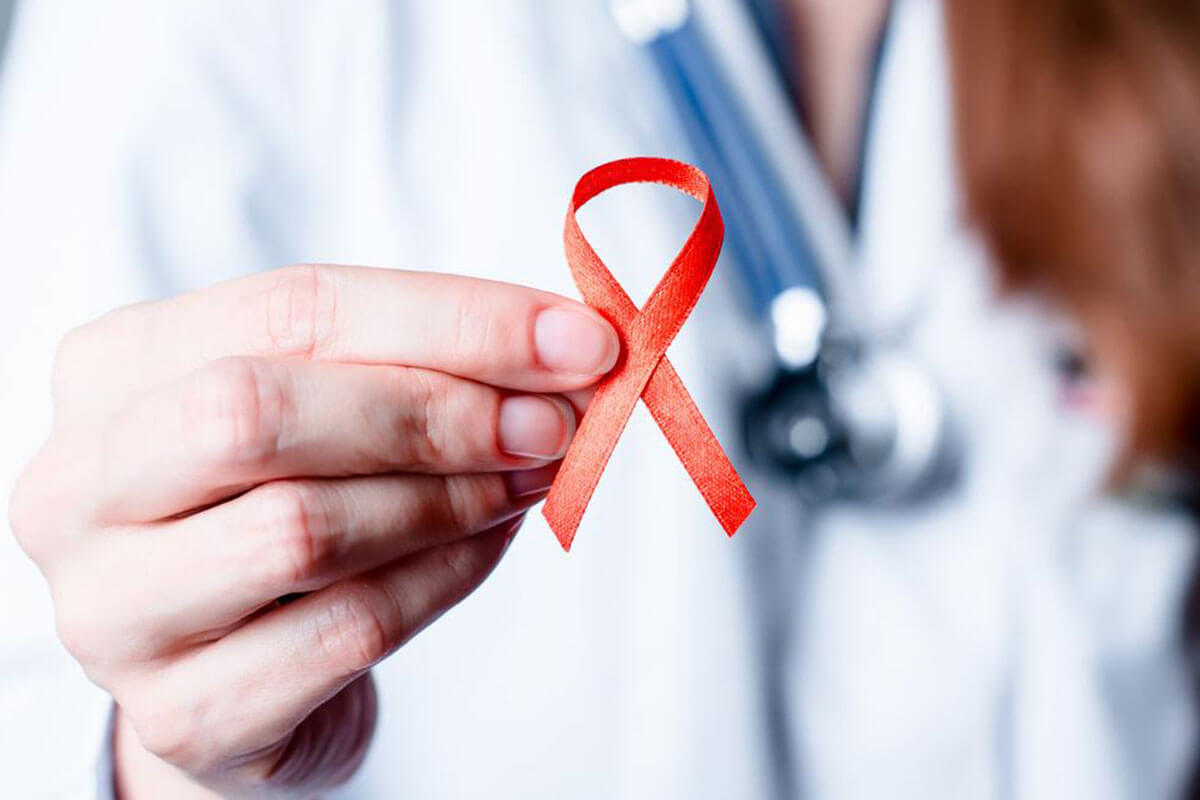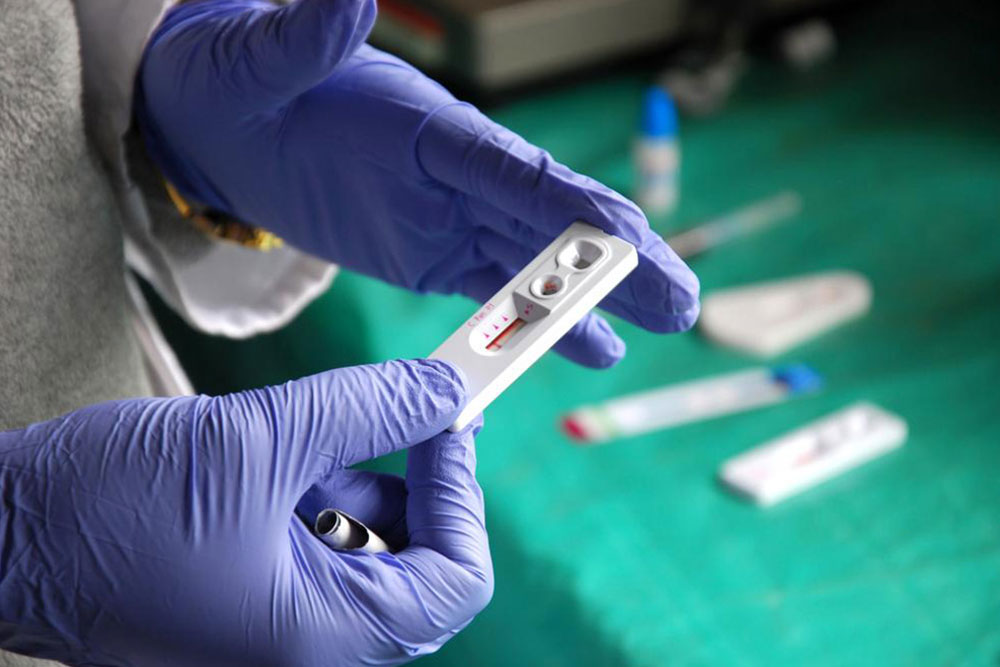Comprehensive Guide to Understanding AIDS: Causes, Symptoms, and Progression
This comprehensive article explores the causes, symptoms, and progression of AIDS caused by HIV. It offers detailed insights into transmission routes, signs at various stages, and preventive strategies. Understanding these aspects helps in early diagnosis and effective management. The article emphasizes the importance of safe practices, regular testing, and adherence to treatment to control the disease and improve quality of life. With ongoing research and awareness, the fight against HIV/AIDS continues to advance, offering hope for better prevention and care worldwide.

Comprehensive Guide to Understanding AIDS: Causes, Symptoms, and Progression
AIDS, medically known as Acquired Immunodeficiency Syndrome, is a severe health condition that results from infection with the Human Immunodeficiency Virus (HIV). Over time, HIV damages and weakens the immune system, which compromises the body’s ability to fight off infections and certain cancers. Despite significant medical advancements, AIDS remains a global health challenge, prompting ongoing awareness and preventive measures. This comprehensive article delves into the underlying causes of AIDS, how HIV progresses into this condition, the typical signs and symptoms associated with each stage, and important knowledge about prevention and management.
Understanding the Causes of AIDS
HIV transmission chiefly occurs through contact with infected blood, semen, vaginal fluids, or other bodily secretions. Any exchange involving these fluids can potentially spread the virus
Engaging in unprotected sexual contact — including oral, vaginal, or anal sex — significantly increases the risk, especially if one partner has oral sores or cuts in the mouth or genital area
Sharing contaminated needles or syringes during intravenous drug use is one of the most common routes of HIV transmission globally
Receiving blood transfusions from donors who have not been rigorously screened for HIV can lead to infection, though this is rare in many countries due to improved screening protocols
Mother-to-child transmission remains a critical concern, with HIV passing from mother to child during pregnancy, childbirth, or breastfeeding if preventive measures are not taken
HIV Progression to AIDS
HIV infection does not immediately lead to AIDS; in fact, many individuals live with HIV for years without developing AIDS symptoms, especially with proper treatment. The virus primarily targets essential immune cells called CD4+ T lymphocytes, or CD4 cells, which play a pivotal role in coordinating the immune response. As HIV replicates within these cells, their numbers decline steadily. When the CD4 count drops below critical levels—specifically under 200 cells per cubic millimeter of blood—the individual is diagnosed with AIDS, marking an advanced stage of HIV infection.
Without effective treatment, the immune system becomes increasingly compromised, and the body becomes vulnerable to opportunistic infections and certain cancers that can be life-threatening. The lengthy period between initial infection and progression to AIDS can be several years or even decades, underscoring the importance of early diagnosis and continuous management.
Typical Signs and Symptoms of HIV and AIDS
Recognizing the symptoms associated with HIV and AIDS is crucial for early intervention. The initial phase, known as acute HIV infection, often mimics the flu and usually manifests within 4 to 6 weeks after exposure. Symptoms may include fever, sore throat, headache, muscle aches, joint pain, swollen lymph nodes, rash, and sometimes small mouth or genital sores. These signs may resolve on their own within a few weeks but indicate an active phase of viral replication.
Following this initial stage, many individuals enter a prolonged asymptomatic or chronic phase where the virus remains active but reproduces at lower levels. During this period, symptoms are often minimal or absent, with persistent lymphadenopathy (swollen lymph nodes) being one of the few signs. This phase can last for decades with treatment but can still be contagious.
As HIV progresses to AIDS, immune suppression becomes evident. Individuals may experience persistent and unexplained symptoms such as recurring fever, unexplained weight loss, chronic diarrhea, extreme fatigue, night sweats, skin rashes or sores, and mouth or throat ulcers. Without timely intervention and treatment, these symptoms worsen, and the risk of opportunistic infections like pneumonia, tuberculosis, and certain cancers increases dramatically. Recognizing these signs early is essential for initiating antiretroviral therapy (ART) to control the virus and improve quality of life.
Prevention, Management, and Treatment Options
Preventing HIV infection involves safe sexual practices, such as consistent condom use, regular testing, and reducing the number of sexual partners. Avoiding needle sharing and ensuring rigorous screening of blood products are crucial in medical settings. Pregnant women living with HIV should seek medical care to reduce the risk of mother-to-child transmission through antiretroviral drugs and other preventive strategies.
Once infected, continuous treatment with antiretroviral therapy (ART) can suppress the virus, maintain a healthier immune system, and drastically reduce transmission risk. Regular medical follow-up, adherence to prescribed medications, and lifestyle adjustments play vital roles in managing the condition effectively. Early diagnosis not only improves health outcomes but also helps prevent the spread of HIV within communities.
While there is currently no cure for HIV/AIDS, extensive research and medical advancements have transformed it from a fatal disease into a manageable chronic condition. Patients live longer, healthier lives when diagnosed early and adhere strictly to treatment protocols. Researchers continue to explore vaccines and innovative therapies to eliminate the virus altogether.
Understanding HIV/AIDS in detail empowers individuals to make informed decisions about their health and safety. Increased awareness, preventive measures, early testing, and proper treatment are the cornerstones of combating this global health challenge effectively.





